GM TPMS systems on Buick, Pontiac, Chevy, GMC, Cadillac and Hummer models are some of the easiest to service if you have the right tools and knowledge. Starting in 2007, most vehicles use a TRW-, Schrader- or VDO-manufactured system that all share the same relearn procedures and behaviors, with only a few exceptions (like the Pontiac Vibe).
Shops should use a TPMS tool to reset the sensor positions after rotation. There is a method in the owner’s manual to “match” the sensors that involves deflating a tire for eight seconds.
To see if a code has been set on vehicles with or without a driver information center (DIC), turn the key on without starting the engine, and the TPMS light will blink for one minute and then stay on with a Service Tire Monitor System message. If that occurs, a TPMS system problem exists. On vehicles equipped with a DIC, a SERVICE TIRE MONITOR type message will also display. When the road tire is repaired and reinstalled in the original location, the TPMS indicator icon illumination and DIC message may remain displayed until the DTC is resolved and cleared.
The initial “low tire” light is similar to the “low fuel” indicator and adding air to the low tire will extinguish the light. If the driver re-inflates the low tire, they must drive a short distance for at least 30 seconds before the sensors recognize the increase in pressure and turn the light off again. If the deflation is rapid, it will give a more immediate signal by flashing a warning light.
A GM TPMS has pressure, temperature and acceleration sensors. The unit also has a radio transmitter, receiver and battery. Sensors have an estimated 10 year/150,000 mile battery life (GM’s estimate). The antenna and receiver are the same as those used for the keyless-entry system. The antenna is typically sandwiched between the layers of glass in the front or rear glass, but some vehicles have a dedicated antenna mounted in various places.
The keyless-entry module communicates with the TPMS sensors and relays the information with the Body Control Module (BCM) on the CAN BUS. If the keyless-entry module or BCM is replaced, the sensors must be relearned.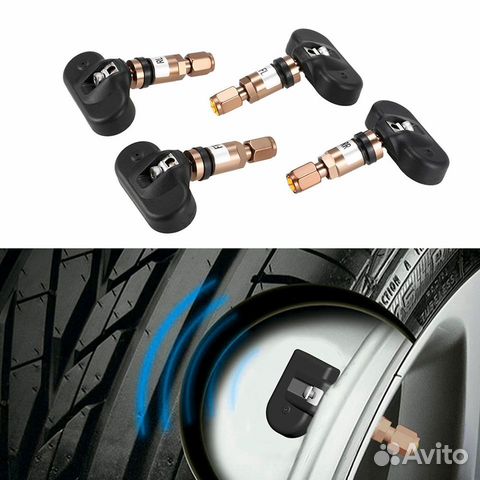 Same goes for the key fobs.
Same goes for the key fobs.
Each sensor has its own unique ID number. If a new sensor is fitted, the BCM must be reprogrammed with its unique ID and its position on the vehicle.
Each sensor takes a pressure measurement sample once every 30 seconds while in stationary mode. If the tire pressure increases or decreases by more than 1.2 psi from the last pressure measurement, another measurement will occur immediately to verify the change in pressure. If a pressure change has indeed occurred, the sensor transmits in learn mode.
Each sensor has an internal low frequency coil, and when the TPMS tool is used in activate mode, it produces a low frequency transmission that activates the sensor. The sensor responds to a low frequency activation by transmitting in learn mode. When the TPMS antenna receives a learn mode transmission while in TPMS learn mode, it will assign that sensor’s ID number to the location on the vehicle relative to the order in which it was learned.
• It is best to perform the TPMS relearn procedure in the parking lot away from the shop. This decreases the chances of other radio signals interfering with the relearn process.
This decreases the chances of other radio signals interfering with the relearn process.
• Aim at the sidewall below the valve stem — not at the stem.
• If you cannot get a sensor to initialize, try pushing the vehicle forward a foot or two. The signals can be blocked by components like rotors, calipers and knuckles, so repositioning the vehicle may unblock the sensor. This is far more common on the front wheels.
TPMS Sensor Matching1. Set the parking brake.
2. Turn the ignition switch to ON/RUN with the engine off.
3. Press and hold the keyless-entry fob transmitter’s LOCK and UNLOCK buttons, at the same time, for about five seconds to start the TPMS learn mode. The horn sounds twice indicating the TPMS receiver is ready and in learn mode. This can also be performed using the turn signal arm and the driver information center.
4. Starting with the left-front tire, activate the sensor by holding the TPMS tool aimed upward against the tire sidewall close to the wheel rim at the valve stem location. Press and release the activate button and wait for a horn chirp.
Press and release the activate button and wait for a horn chirp.
5. Once the horn chirp has sounded, the sensor information is learned and a turn signal will illuminate in the next location to be learned. On most models, the driver-side-front will be next. Once the learn mode has been enabled, each of the sensors’ unique identification codes can be learned.
6. When a sensor ID has been learned, the module sends a serial data message to the BCM to sound a horn chirp. This verifies the sensor has transmitted its ID and has received and learned it. The module must learn the sensor IDs in the proper sequence to determine each sensor’s location. The first learned ID is assigned to the left-front location, the second to right-front, the third to right-rear and the fourth to left-rear.
The learn mode will cancel if the ignition is cycled to OFF or if more than two minutes has elapsed and no sensor has been learned. If the learn mode is canceled before the first sensor is learned, the original sensor IDs will be maintained.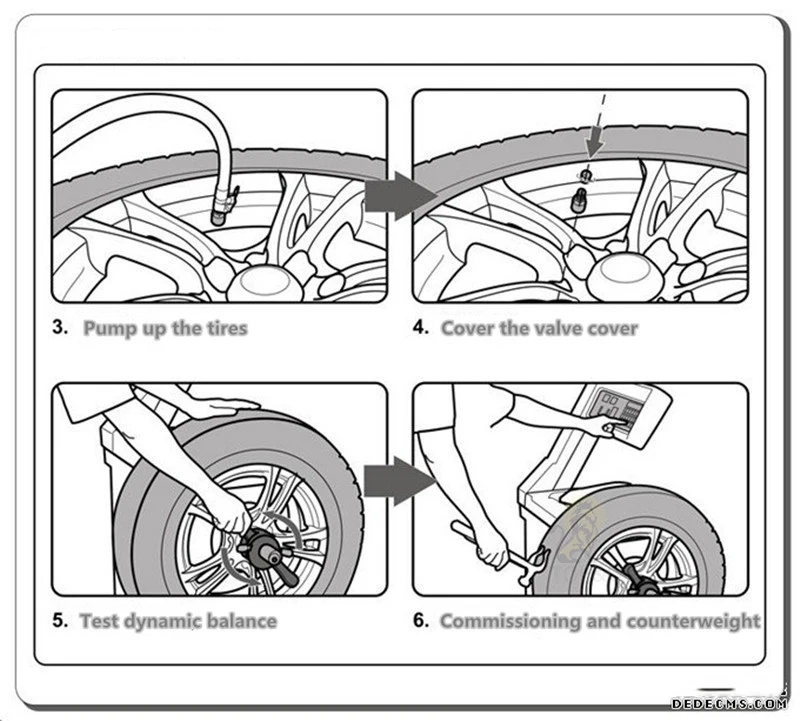 If the learn mode is canceled after the first sensor is learned, the following will occur:
If the learn mode is canceled after the first sensor is learned, the following will occur:
• All stored sensor IDs will be invalidated in the RCDLR memory.
• If equipped, the DIC will display dashes instead of tire pressures.
• DTC C0775 will be set.
These conditions will now require the learn procedure to be repeated for the system to function properly.
Top GM TPMS Tips• If the BCM or keyless-entry modules have been replaced, the modules must be reprogramed and the sensors relearned.
• Many of these systems have been on the road for nine years, so be prepared to deal with mixed sets of sensors from different manufacturers.
• If the model has snap-in sensors, before installing the valve stem, it is acceptable to lubricate the seating surfaces with an approved tire lubricant. Do not use chassis grease or a grease with petroleum distillates. These types of lubricants can degrade the stem over time and cause a leak. Lubricating the stem can help in the alignment of the sensor on the flats.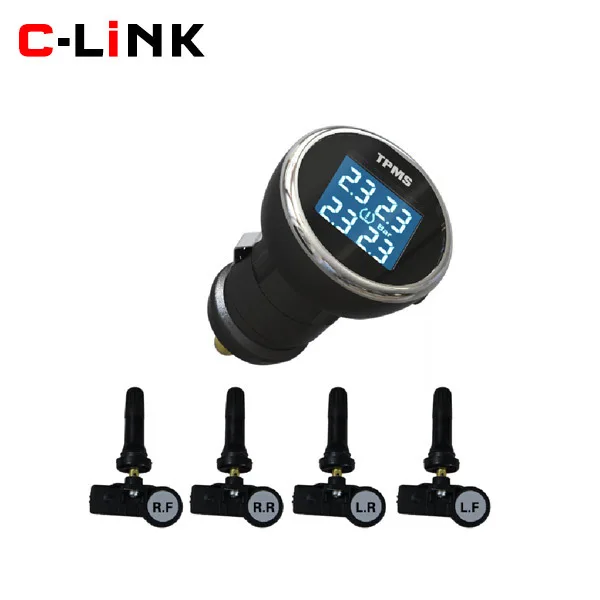
• If you encounter a sensor that does not respond when activated by the tool, try activating another sensor that responded previously. This will help you determine if the tool is able to activate the sensor or if you have a problem with one particular sensor.
• When tightening the screw of a snap-in sensor, be mindful of stress on the sensor and the alignment of the sensor. Start the screw for the first couple of threads and make sure the sensor and stem are aligned. When performing the final tightening sequence, stop when the tool clicks to indicate the proper torque has been reached.
• Sensors are getting to be very inexpensive. If one sensor dies, consider replacing all of them.
Each TPMS sensor has a unique identification code. The identification code needs to be matched to a new tire/wheel position after rotating the tires or replacing one or more of the TPMS sensors.
The TPMS sensor matching process should also be performed after replacing a spare tire with a road tire containing the TPMS sensor. The malfunction light and the DIC message should go off at the next ignition cycle. The sensors are matched to the tire/wheel positions, using a TPMS relearn tool, in the following order: driver side front tire, passenger side front tire, passenger side rear tire, and driver side rear.
The malfunction light and the DIC message should go off at the next ignition cycle. The sensors are matched to the tire/wheel positions, using a TPMS relearn tool, in the following order: driver side front tire, passenger side front tire, passenger side rear tire, and driver side rear.
There are two minutes to match the first tire/wheel position, and five minutes overall to matchall four tire/wheel positions. If it takes longer, the matching process stops and must be restarted.
The TPMS sensor matching process is:
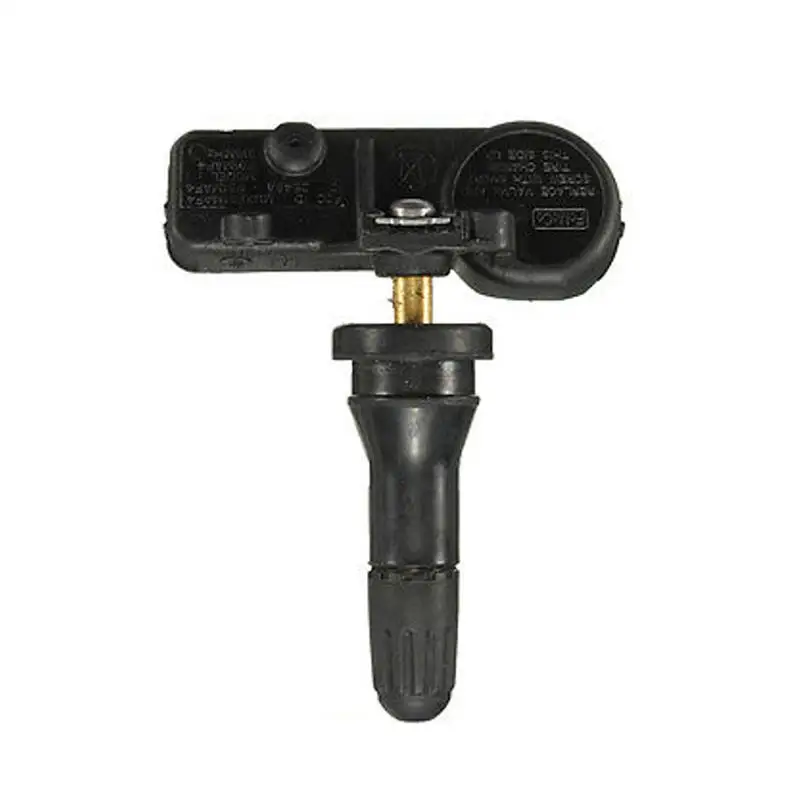 The horn sounds twice to signal
The horn sounds twice to signal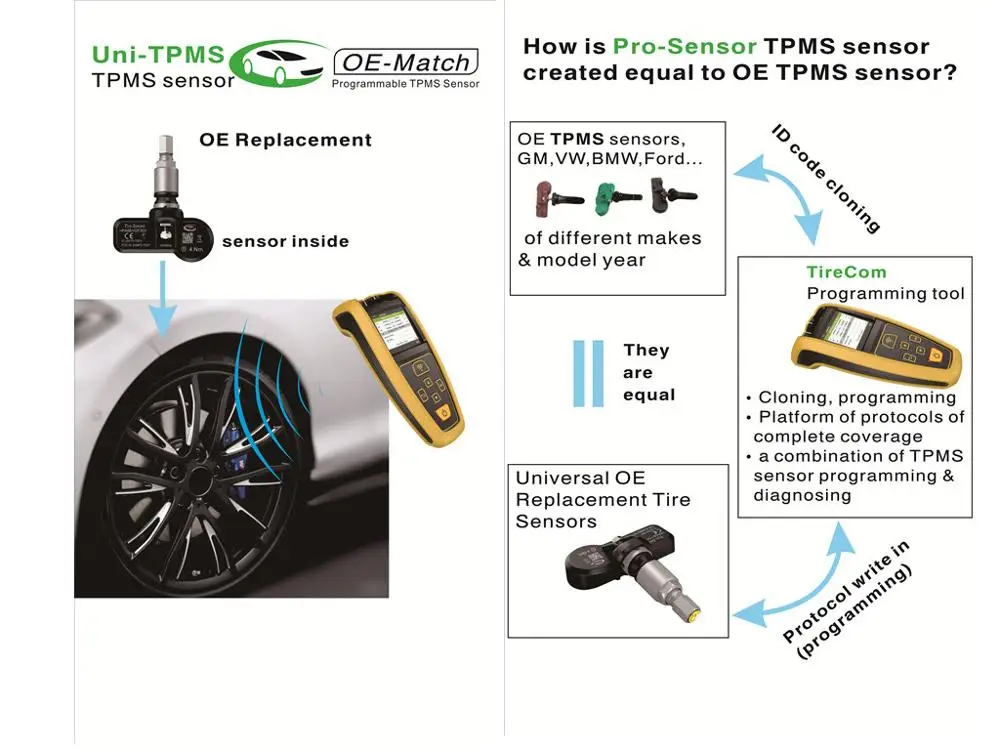
[dn_related_product title="Making Money Servicing TPMS with Karl Schneider" description="This course, presented by Karl Schneider, covers everything you need to know about TPMS. Karl covers the shop’s legal responsibilities that come with TPMS and how to avoid expensive ramifications. He goes over the three types of sensors you will encounter, how to diagnose and service these types. As a wrap-up, Karl conducts some hands-on case studies that will have you feeling confident in your knowledge of properly servicing TPMS." link="/shop/service-centers/lbt-277-making-money-servicing-tpms-with-karl-schneider/" image="/wp-content/uploads/lms/da747cde91a41a3ce3d110f495acb4104ee882a5_LBT-277-MAKING-MONEY-SERVICING-TPMS_Thumbnail.jpg"]
The Tire Pressure Monitoring System (TMPS) is an electronic system in your vehicle that monitors your tire air pressure and alerts you when it falls dangerously low.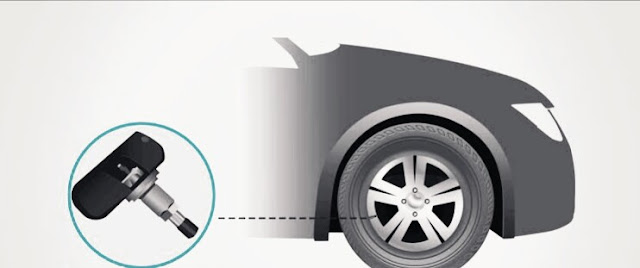
To help drivers recognize the importance of tire pressure safety and maintenance, Congress passed the TREAD act, which requires most vehicles made after 2006 to be TPMS–equipped.
There are two different types of systems being used today: Direct TPMS and Indirect TPMS.
Direct TPMS uses a sensor mounted in the wheel to measure air pressure in each tire. When air pressure drops 25% below the manufacturer’s recommended level, the sensor transmits that information to your car’s computer system and triggers your dashboard indicator light.
Indirect TPMS works with your car’s Antilock Braking System’s (ABS) wheel speed sensors. If a tire’s pressure is low, it will roll at a different wheel speed than the other tires. This information is detected by your car’s computer system, which triggers the dashboard indicator light.
TPMS notifies you when your vehicle’s tire pressure is low or is going flat.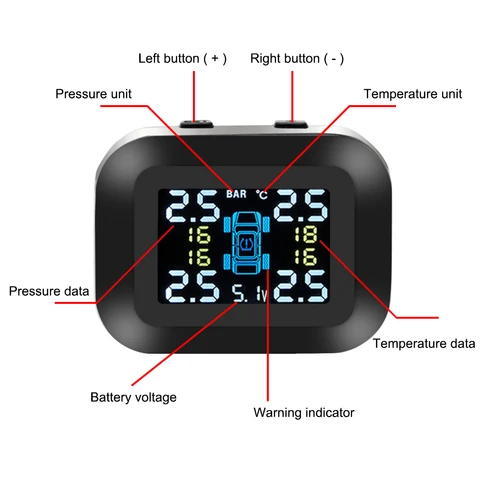 By helping you maintain proper tire pressure, TPMS can increase your safety on the road by improving your vehicle’s handling, decreasing tire wear, reducing braking distance and bettering fuel economy.
By helping you maintain proper tire pressure, TPMS can increase your safety on the road by improving your vehicle’s handling, decreasing tire wear, reducing braking distance and bettering fuel economy.
Your vehicle has TPMS if the "low tire pressure" warning light appears on your dash when the key is turned to the "on" position.
Check the air pressure in your tires and inflate any tire that is low (according to the manufacturer’s recommendation). When the tire is at the appropriate pressure, the indicator light should go off.
If necessary, replace the tire with your spare tire and visit your local Tires Plus store for needed repairs or replacement. They’ll check your vehicle’s tire pressure and perform a systems test on all of your tire sensors to diagnose the problem. Once our technicians address your vehicle’s tire needs, they’ll then suggest the proper maintenance to get you back on the road safely.
Direct TPMS equipped tires cost slightly more to maintain than non–equipped tires because proper care requires extra parts and labor. The valve service kit, which includes the valve core, cap, nut and o–ring (seal), must always be replaced when a tire is dismounted for service or replacement. A special TPMS tool and additional time are also needed to check and reset the sensor system.
{{storeNumber}}
{{storeName}}
{{link-icon "Call Us" mobileCallLink null "call-cta"}} {{link-icon "Directions" directions "_blank" "directions-cta"}}
{{address}}
{{city}}, {{state}} {{zip}}
{{#if activeFlag}} {{#ifCond mystore "or" myPreferredStore}} {{#ifCond storeType 'eq' "TPL"}}
*Call store for appointment {{phone}}
{{else}} {{#if onlineAppointmentActiveFlag }}
{{#if myPreferredStore}}
{{else}}
*Call store for appointment {{phone}}
{{/if}} {{/ifCond}} {{else}} {{#ifCond storeType 'eq' "TPL"}}
*Call store for appointment {{phone}}
{{else}}
Schedule Appointment {{#if onlineAppointmentActiveFlag}} {{else}}
*Call store for appointment {{phone}}
{{/if}}
{{/ifCond}} {{/ifCond}} {{else}}
*Temporarily Closed Due To: {{temporarilyClosedReason}}
{{/if}} {{#if isMilitaryStore}}
*This location is on an active US military base.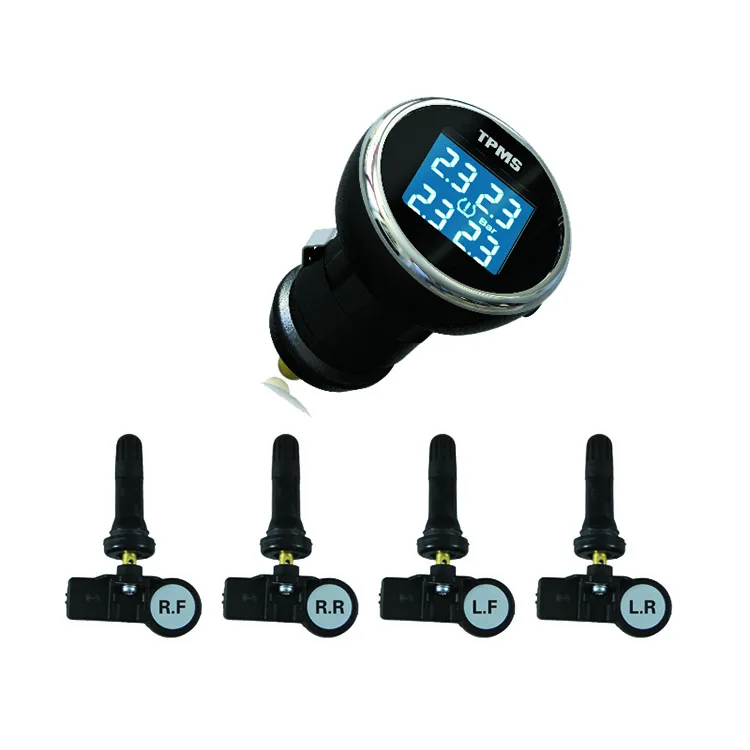 You may need military ID to access the location.
You may need military ID to access the location.
{{/if}}
The safety of the driver and passengers is a priority for all vehicle manufacturers. To ensure it, numerous devices are created, allowing you to control the activities of various systems and inform the owner in a timely manner about problems. One of them is the system TPMS (tire pressure monitoring system), designed for tire pressure monitoring .
TPMS is a reliable assistant for every motorist, notifying of low pressure in one or more tires. With the help of a special orange signal, the system signals a problem. Let's take a closer look at the structure of TPMS and the principles of setting tire pressure sensors .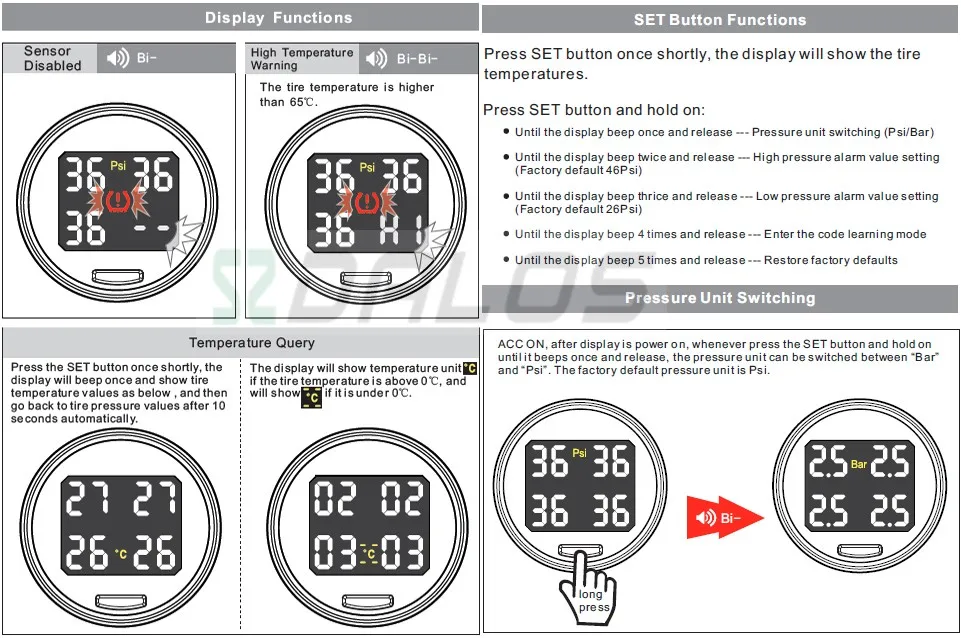
This system has been a must-have for installation in modern0003 cars manufactured by American companies (since 2008) and in European countries (since 2014). The main reason for this decision is the increase in the number of accidents associated with a violation of the condition of the tires and, as a result, the behavior of vehicles on the road surface.
The tire pressure value is an important parameter that every driver must know.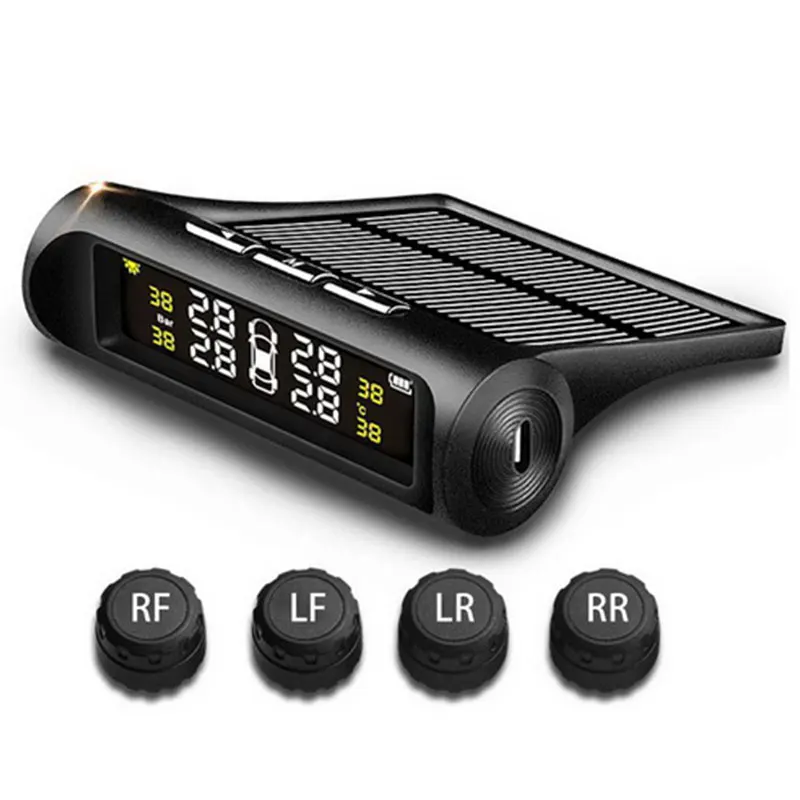 It differs in different models and depends not only on the dimensions of the tires, but also on the number of passengers.
It differs in different models and depends not only on the dimensions of the tires, but also on the number of passengers.
Where to find out tire pressure level tpms ? As a rule, it is listed in the service book of car . Some manufacturers additionally put pressure value on stickers located on the fuel tank caps or in the door area on the driver's side.
How often should this indicator be checked? According to surveys, about 40% of owners perform blood pressure monitoring once per calendar year. However, this figure is extremely low to ensure a favorable situation.
Stable and sufficient pressure means balanced fuel consumption, reduced tire wear, good grip and safety for all road users. That is why the TPMS is considered a very useful innovation, a must for every vehicle.
Devices included in the system are designed for tire pressure monitoring and temperature .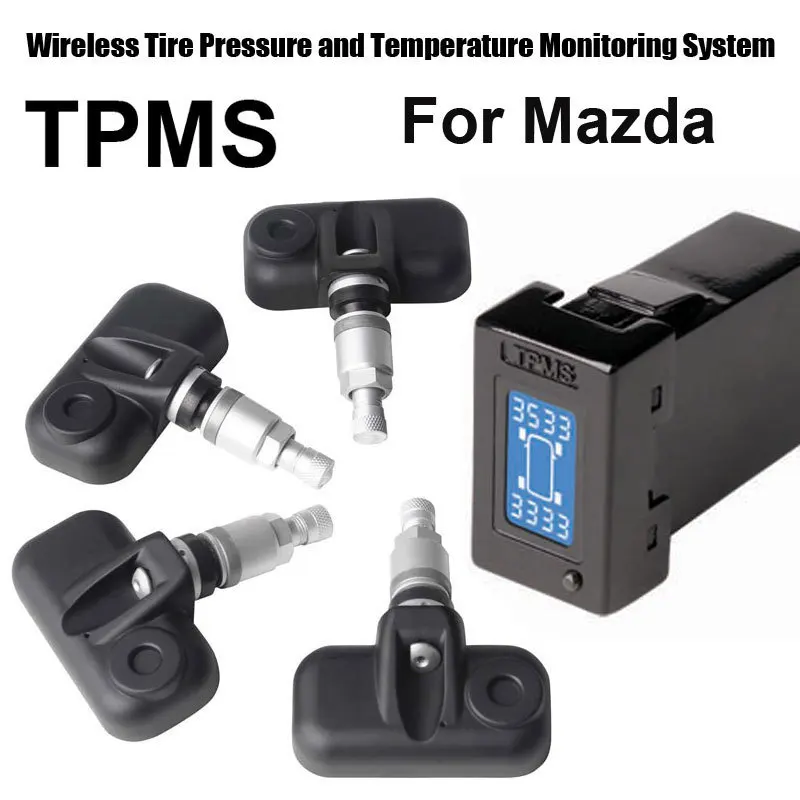 It consists of four sensors . Devices provide real-time transmission of parameters temperature and pressure to car monitor wirelessly. As a result, the user receives information in the format of color or numeric indicators.
It consists of four sensors . Devices provide real-time transmission of parameters temperature and pressure to car monitor wirelessly. As a result, the user receives information in the format of color or numeric indicators.
Control of parameters is carried out in standard units of measurement:
Monitor The TPMS can be powered by both replaceable batteries and the on-board system. To do this, the cigarette lighter of vehicle must be connected.
There are two types of installations - indirect (with installation of external sensors ) and direct (with installation of internal sensors ). Next, we will consider in more detail the principles of operation of each of them.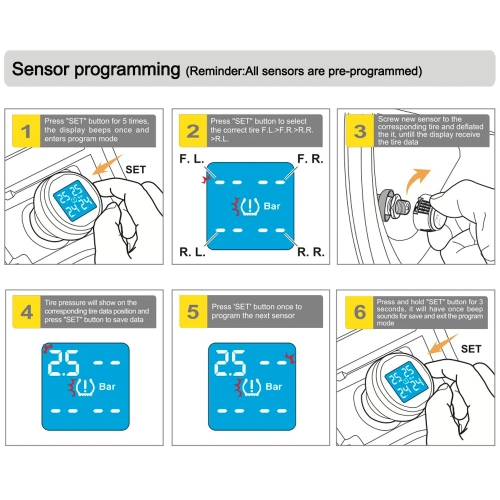
Operated by external wheel speed sensors . They are fixed on the spools with locknuts and operate from replaceable batteries.
The external devices are used to detect rotation speed only. The information received on the monitor is converted into a wheel diameter. If it decreases, the driver receives a corresponding warning.
Indirect installation does not allow you to directly read the values tire pressure . It helps to indirectly obtain the necessary data based on the changes of the external sensors .
What are the advantages of this equipment? You do not need special maintenance and installation of different sets of seasonal sensors . As for the shortcomings, it is important for the owner of the transport to remember the key nuance: installation will signal problems only when the pressure drops by 30% or more.
Powered by internal pressure sensors . They are mounted inside the wheel, after which balancing is required. Batteries for internal sensors do not change. They are designed for a period of three to five years, after which the device itself must be replaced.
Some models of sensors can detect not only pressure but also temperature . The received information is sent to the central control unit. If the values are out of range, the driver receives a corresponding color alert.
When installing internal tire pressure sensors , remember that each device has a unique serial number. What is it for? The equipment will receive information for processing only from the wheels of a particular vehicle, and not from nearby vehicles. Also, the serial number is necessary in order not to confuse information from different wheels of the same car.
It is not uncommon for brand representatives to install internal devices from other companies. In order not to make a error during installation, maintenance and replacement, contact only qualified specialists.
Equipment fitted to motorcycles and cars is rated for tire pressure ranging from 0 to 76 PSI. In freight transport, installation of devices is carried out, which can operate at values from 0 to 180 PSI.
Distinctive features are vehicles for long distances. Often, it deteriorates the transmission of signals from internal or external recording devices to monitor . In this case, the system is supplemented by an amplifier-repeater. It allows you to receive signals at considerable distances - up to 20 meters.
According to instructions , tire pressure sensors type t81 transmit information about the set parameters (only pressure or temperature ) to the control unit every 60 seconds. After signal processing and comparison with the factory values, the information is displayed on the monitor located in the passenger compartment .
If the data does not comply with the permissible standards, the equipment notifies the driver about the violations that have occurred. For this, a text, graphic, sound or color signal is used.
The system will be able to correctly fix the values of pressure, temperature and display them on the monitor only with the correct presetting. Before proceeding with the procedure, study the manufacturer's recommended indicators specifically for your car, taking into account the season.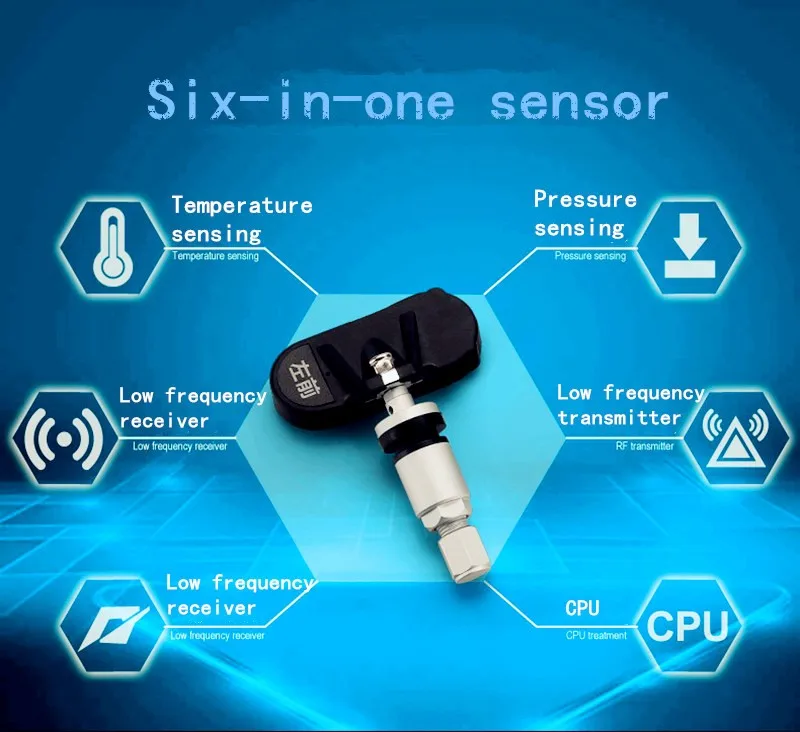
The sequence of the setup procedure depends on the type of sensor:
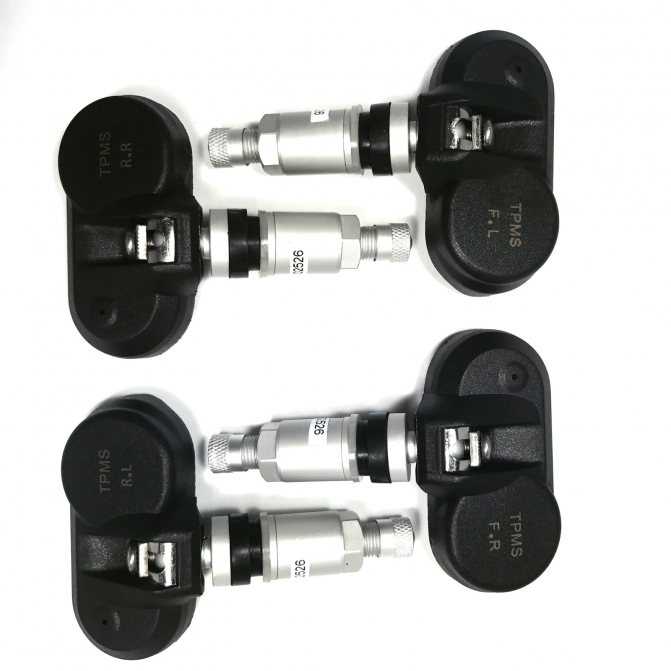 Given the possible difficulties and the use of specific tools, it is better to entrust the setup to professionals. After completing the installation, you need not only to make sure that the caps are correctly installed, but also to re-inflate the wheels.
Given the possible difficulties and the use of specific tools, it is better to entrust the setup to professionals. After completing the installation, you need not only to make sure that the caps are correctly installed, but also to re-inflate the wheels. How to avoid false alarms? Be sure to re-tune after every major change - changing shoes, balancing, etc.
There are a few easy ways to deal with repetitive signals. The most common is to move at a speed of about 80 km / h for 15 km. At the same time, try not to accelerate too much. Maintaining the set parameters will be easier when using cruise control. After completing the task, stop and turn off the engine completely. The error should disappear. Please note that for some models, the appropriate speed is not 80 km / h, but slightly higher. You will find exact data in the operating manual.
Another way is to press the reset button or reboot the system. Carefully read the instructions for the equipment: it usually provides detailed information.
Carefully read the instructions for the equipment: it usually provides detailed information.
Did you reboot or reset the settings, but the error continues to appear? deflate and re-inflate the chambers. This method requires a lot of effort and time, but can help if the previous measures have not corrected the situation. When inflating the chambers, increase the set pressure of each chamber by 0.2 bar. Then drive for about 5 km at a speed of no more than 30 km/h. This method allows you to completely reset the devices and get rid of false signals.
Finally, you can disconnect and reconnect the battery. This method is considered especially effective for cars with on-board computers. A full system reboot is the best solution. But do not forget to completely disconnect the equipment from the power source by removing the negative terminal from the battery.
A versatile affordable pressure and temperature monitor.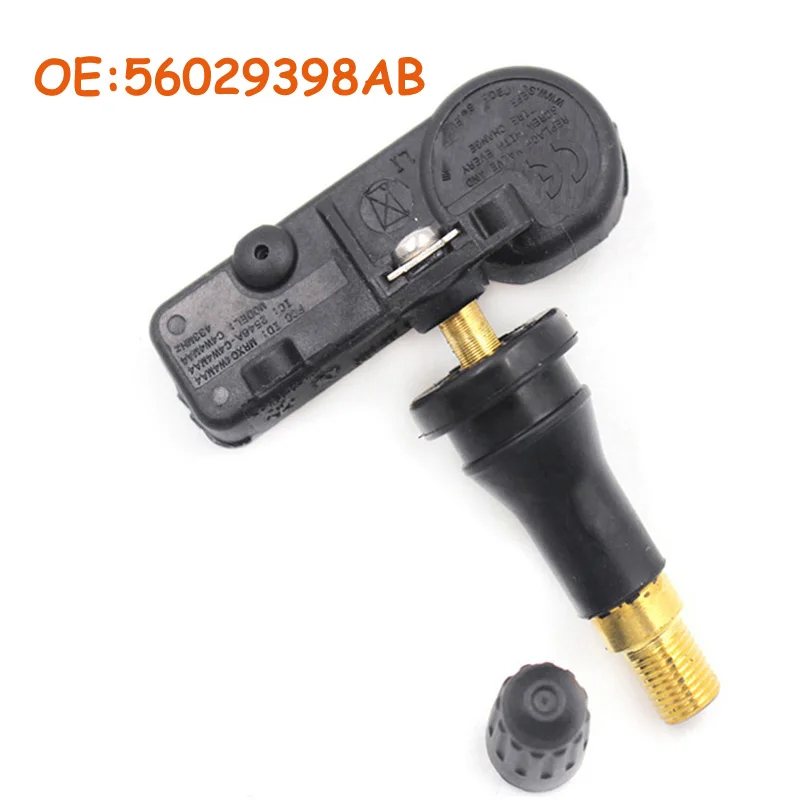 Due to the design features, it is suitable for installation on 98% of American, European and Asian cars.
Due to the design features, it is suitable for installation on 98% of American, European and Asian cars.
Provides inventory quantity optimization, is fast and wirelessly programmed using scanners, completely copies the ID of a previously installed device and does not require unit training.
With basic maintenance recommendations, the service life is five to seven years. The equipment fully complies with SAE standards, which is confirmed by the relevant certificate.
TPMS Autel MX-Sensor 315 MHz, clamp-on
$25
Pre-order
Completely reproduces the ID of the original device, works without prior training. If necessary, scanners from the same manufacturer can be used for adjustment.
Designed for operation at temperatures from -40 to +125 degrees. Controls pressure in the range from 100 to 900 kPa. The service life is from five to seven years, depending on the ambient temperature.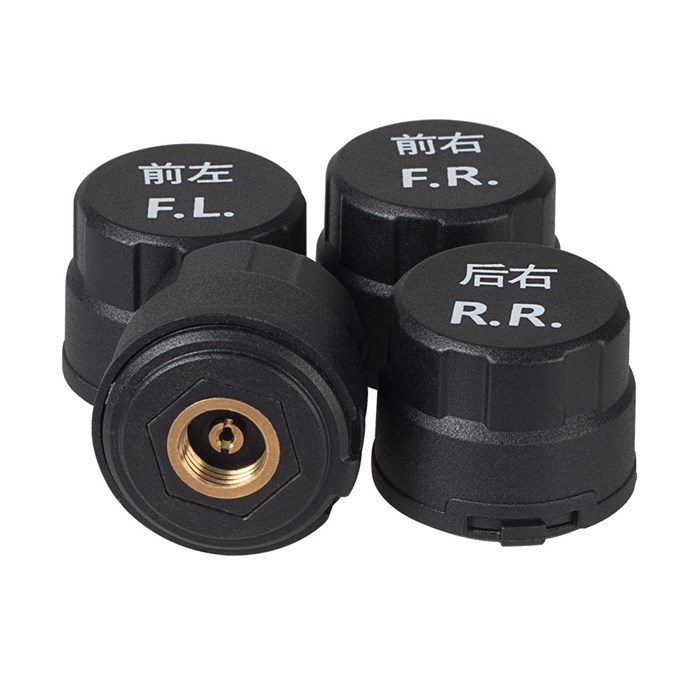
TPMS Autel MX-Sensor 315 MHz sensor, fast-fixed
1 review
2 520 ₽
Complexes for professionals
The set consists of a sensor programmer and a scanner, as well as sensors for programming. Each buyer chooses their necessary characteristics independently. Depending on customer demand, you can choose clamp-on or quick-lock models rated at 315 or 433 MHz.
The kit comes with a one year manufacturer's warranty.
Autel Standard TPMS kit (MaxiTPMS TS508 + 50 sensors)
99 450 ₽114 750 ₽
Pre-order
The accuracy of the recorded information and the life of the internal and external sensors depend on the condition of the devices.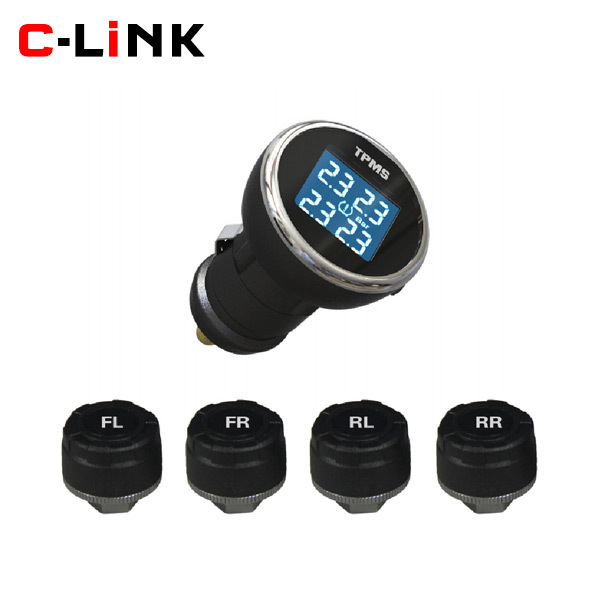 Do you want them to be able to work as long as possible and better? Follow the simple maintenance instructions for equipment:
Do you want them to be able to work as long as possible and better? Follow the simple maintenance instructions for equipment:
 Have you decided to try to cope on your own? When checking the result, do not forget about the natural difference in pressure: the readings will be higher on the side facing the sun, and lower on the shaded side;
Have you decided to try to cope on your own? When checking the result, do not forget about the natural difference in pressure: the readings will be higher on the side facing the sun, and lower on the shaded side; The tire pressure and temperature monitoring system is an important element of every modern car. Despite its simplicity, it effectively improves the safety of the driver and passengers. That is why for many years American, European and Asian manufacturers have installed pressure control equipment in the basic equipment of vehicles.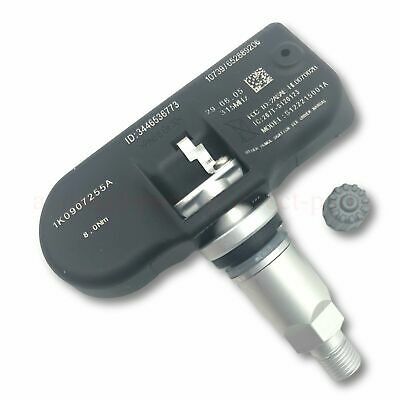
If your vehicle does not have TPMS
Pre-order
TPMS Autel MX-Sensor 433 MHz, quick fix
2 520 ₽
Pre-order
Maintaining optimal pressure in car tires ensures reliable vehicle handling, increases tire life and reduces fuel consumption.
These are special small-sized devices mounted on wheels to monitor tire pressure (and sometimes temperature).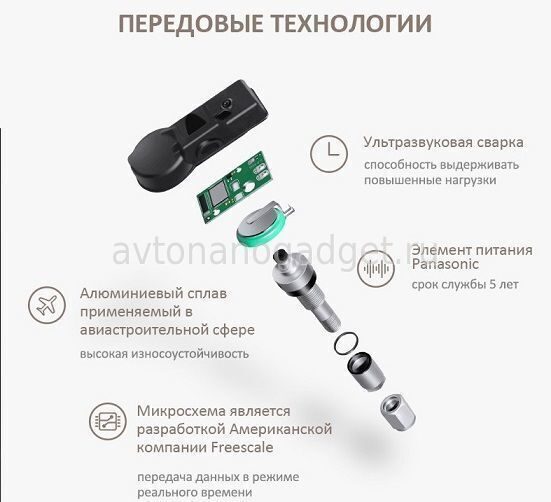
There are several types of pressure sensors:
The design and function of such devices depends on the type of tire pressure monitoring system used.
These are miniature pressure gauges that measure air pressure in tires. Structurally, they are made in the form of a transparent cap screwed onto the nipple instead of the usual protective one. With the help of pistons of a certain color, they give out a corresponding signal: if the pressure is more than 2 bar - green, from 1 to 2 bar - yellow, less than 1 bar - red.
Among these tire pressure monitoring systems, the simplest sensors are the fairly common ABS brake system that monitors wheel speed. A flat tire reduces the outside diameter of the tire, causing it to spin faster and increase its internal temperature.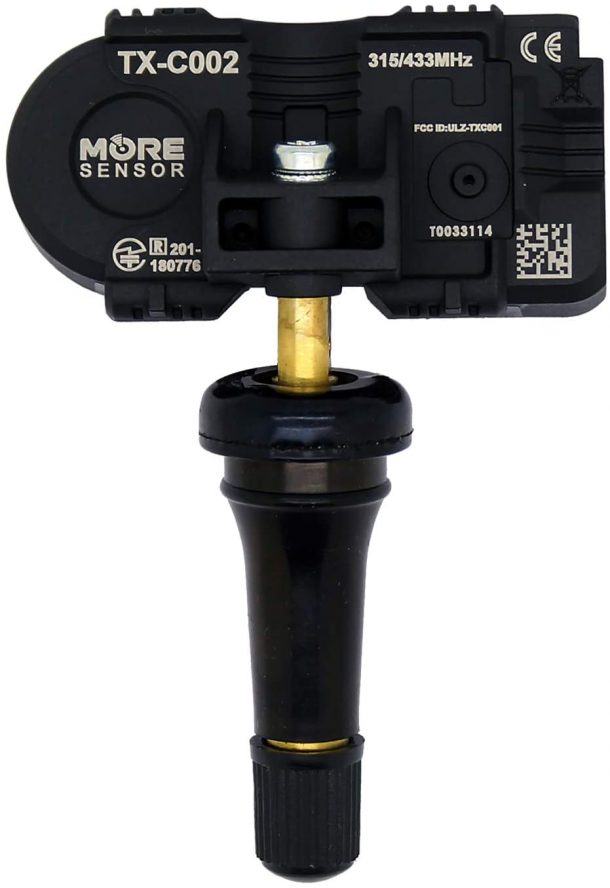 Tracking these parameters, which are nominally installed and programmed as necessary, the sensors transmit information to the on-board computer, which generates an appropriate signal. In this case, the installation of any additional equipment is not required.
Tracking these parameters, which are nominally installed and programmed as necessary, the sensors transmit information to the on-board computer, which generates an appropriate signal. In this case, the installation of any additional equipment is not required.
More accurate are electronic devices that directly measure the air pressure in the tire. Each of them has its own power supply (small-sized battery) and is connected via a radio frequency channel (Bluetooth) to a control and/or signaling unit.
These sensors can be mounted on the outside of the wheel on the spool instead of the protective cap. But more often they are built into the tubeless tire instead of regular nipple fungi or simply attached to its inner surface.
As a control and indication element, a separate block with elements of light and / or sound signaling, or a mobile device (for example, a regular smartphone) with special software installed on it can be used.
Installing mechanical sensors is not difficult even for a novice car enthusiast. To do this, just unscrew the standard caps on the wheels and put the purchased devices in their place.
To do this, just unscrew the standard caps on the wheels and put the purchased devices in their place.
Electronics can be tricky. If the system provides for the use of external sensors, then their installation is also easy. The only difficulty can be caused by connecting the control unit if it does not have autonomous power from the built-in accumulator or battery.
To install the internal electronic sensor, it is necessary to disassemble the tire and insert the device in place of the standard nipple fungus. It is difficult to do this at home, because after beading a tubeless tire, it must be inflated at high pressure so that the edges of the tire immediately sit on the disc. This will require a compressor, which is unlikely to be available in the garage of an ordinary motorist.
After installing the sensors on the wheels, it is necessary to connect the control unit and / or alarm and configure the system as a whole - “register” each element so that the signal from it is visible to the control unit or on-board computer.